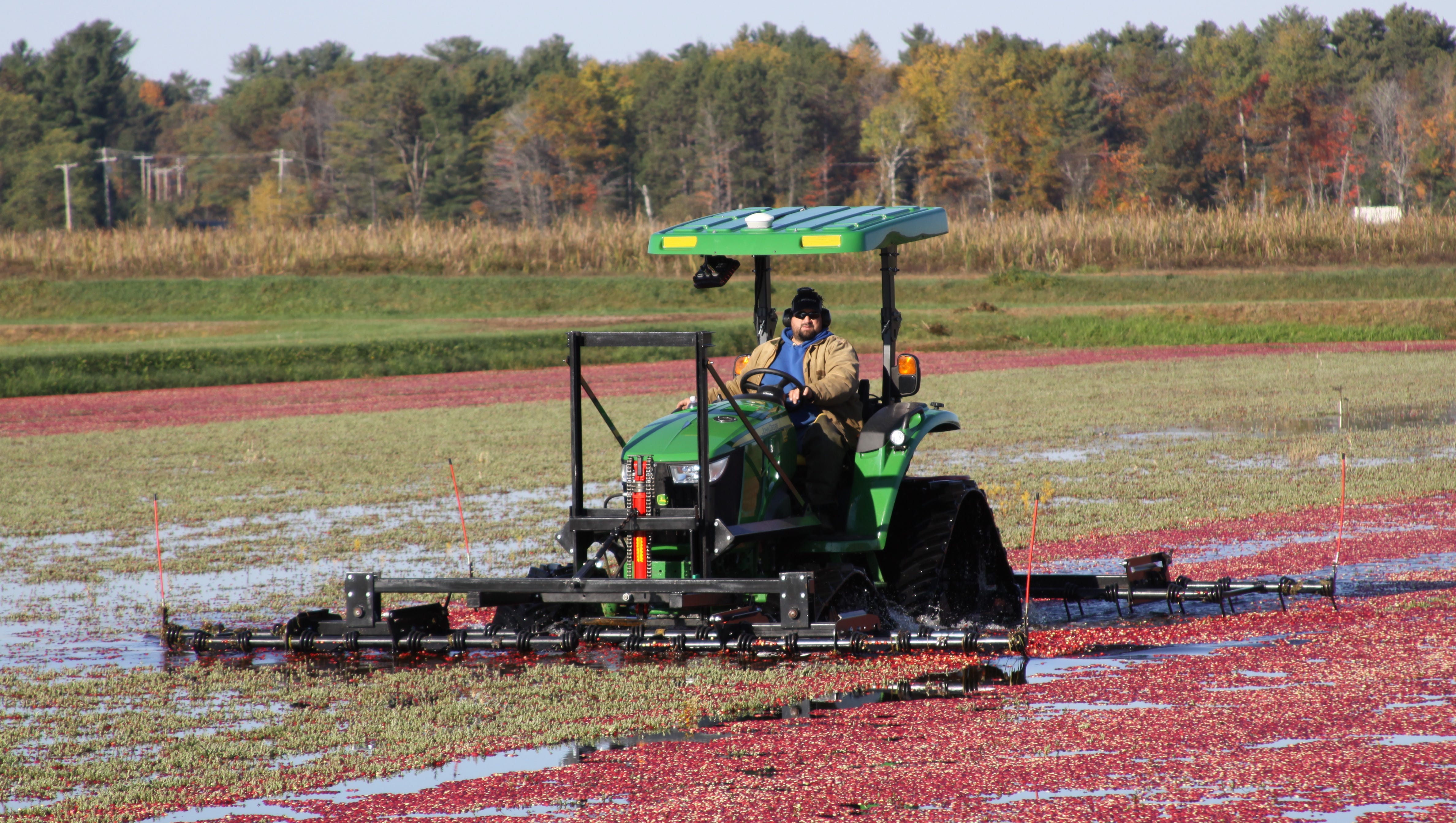WI cranberry growers again lead nation in production

Wisconsin will have no trouble hanging on to its title this year as the nation’s cranberry producing powerhouse.
According to projections released by the U.S. Cranberry Marketing Committee (CMC), Wisconsin growers will harvest an estimated 4.7 million barrels of fruit this fall. The forecast marks the 27th consecutive year that Wisconsin has led the nation in cranberry production.
“Wisconsin cranberry growers work hard to deliver a healthy, sustainable crop year after year,” said Wisconsin State Cranberry Growers Association Executive Director Tom Lochner said in a news release. “Wisconsin growers are proud to be the number one producing region not only in the United States, but the world.”
The harvest projection is part of the approximately 7.9 million barrels of cranberries expected nationwide, up slightly from 2020. Last year, Wisconsin growers had a crop of 4.64 million barrels. This year’s projections are dependent on good growing conditions for the remainder of the season.
Lochner says this year’s growing season has been mixed so far as growers have seen some vine damage and effects of early season weather on fruit development.
The CMC also made crop projections for other top cranberry producing states. Those projections are: Massachusetts at approximately 2.1 million barrels, New Jersey at 490,000 barrels, and Oregon at 610,000 barrels.
More than half the entire world’s supply of cranberries are grown on Wisconsin family farms, generating $1 billion in state economic impact and providing thousands of local jobs. Cranberries are grown on 21,000 acres across 20 counties in central and northern Wisconsin.
Approximately five percent of this year’s crop will be sold as fresh fruit, and the remaining cranberries will be frozen and stored for longer-term sales as frozen berries, dried cranberries, juices, sauces and more.